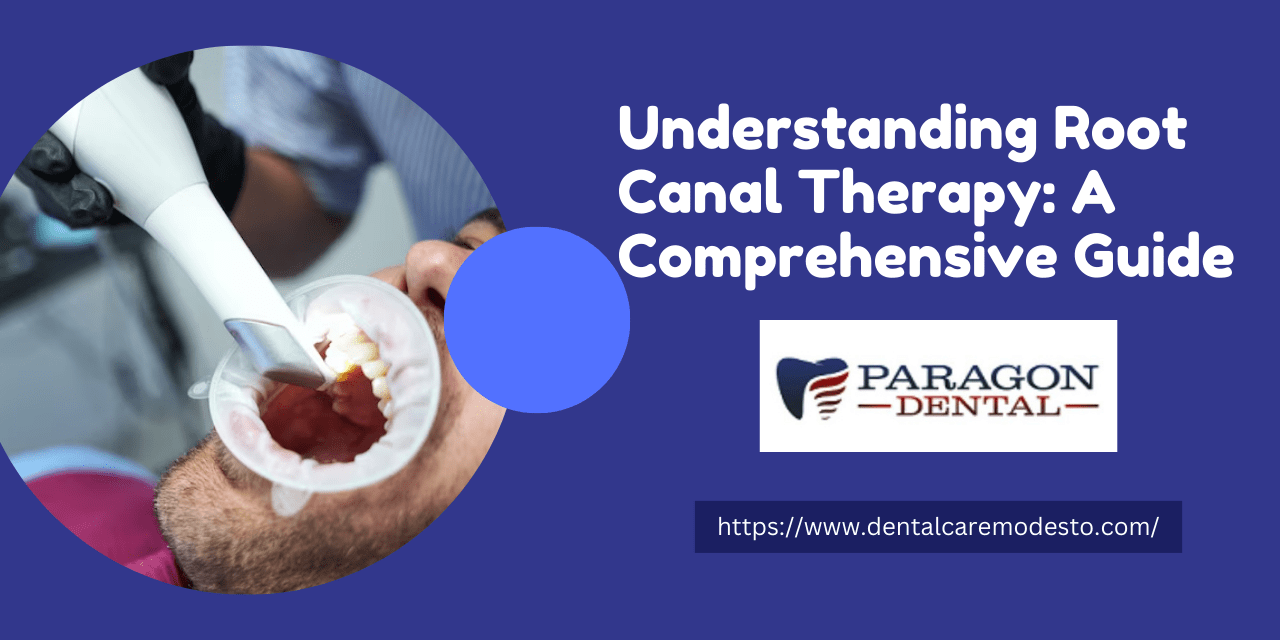When facing dental discomfort or learning about necessary procedures, it’s understandable to have concerns or questions—especially when it comes to root canal therapy, a treatment often surrounded by misconceptions. Today, we aim to demystify root canal therapy for dental patients across the United States, providing a thorough understanding of what the procedure entails, why it’s performed, and what you can expect during and after the treatment.
What is Root Canal Therapy?
Root canal therapy, also known as endodontic treatment, is a dental procedure conducted to save a tooth that is severely decayed, infected, or injured. The name “root canal” stems from the cleaning of the canals inside the tooth’s root. Decades of research and technological advancements have transformed root canal therapy into a safe, relatively pain-free procedure that can relieve pain and save your tooth from extraction.
The Anatomy of a Tooth
To comprehend the necessity and process of a root canal, understanding the basic anatomy of a tooth can be helpful. A tooth consists of two main parts: the crown (the visible part above the gum) and the root (below the gum, anchoring the tooth to the jaw). Inside the tooth, beneath the hard enamel and dentin, lies the pulp chamber, which houses the tooth pulp—a soft tissue comprising nerves, blood vessels, and connective tissue.
Why Would You Need Root Canal Therapy?
Root canal therapy becomes necessary when the pulp inside a tooth becomes inflamed or infected due to deep decay, repeated dental procedures on the tooth, chips or cracks, or trauma. This inflammation or infection can lead to pain or lead to an abscess. Symptoms that might indicate the need for root canal therapy Modesto include severe toothache, prolonged sensitivity to hot or cold, swelling and tenderness in the nearby gums, and discoloration of the tooth.
The Procedure of Root Canal Therapy
Understanding the steps involved can often alleviate much of the anxiety surrounding this treatment.
Root canal therapy generally involves the following steps:
Diagnosis and X-ray: A Modesto dentist will take X-rays to determine the extent of the damage and plan the procedure.
Pulpectomy: A small opening is made on the surface of the tooth to access the infected or inflamed pulp, which is then removed.
Cleaning and Shaping: After removing the pulp, the inner chamber of the tooth and root canals are cleaned and shaped in preparation for a filling.
Filling the Canals: The cleaned and shaped canals are filled with a biocompatible material, usually gutta-percha, and sealed with adhesive cement to prevent bacteria from entering.
Restoration: Finally, a crown or filling is placed over the tooth to restore its shape, function, and appearance.
Aftercare: Ensuring a Smooth Recovery
Following root canal treatment, it’s normal to experience some sensitivity or discomfort in the treated area, which usually subsides within a few days. Over-the-counter pain relievers effectively manage discomfort.
It’s crucial to follow your dentist’s aftercare instructions, which will likely include maintaining oral hygiene through regular brushing and flossing and avoiding chewing on the treated tooth until it’s fully restored.
Root Canal Myths: What You Should Know
Despite common misconceptions, modern root canal therapy is very similar to getting a dental filling and can usually be completed in one or two appointments, depending on the condition of your tooth and your personal circumstances. It doesn’t cause illness or negatively affect your body’s health; instead, it helps eliminate bacteria from the infected root canal, preventing reinfection and saving your natural tooth.
For a procedure such as root canal therapy, selecting a skilled and compassionate dental professional who uses state-of-the-art technology is essential. A reputable dental practice will not only ensure that the procedure is as comfortable and pain-free as possible but will also play a crucial role in your recovery and long-term oral health.
Conclusion
Root canal therapy is a valuable dental procedure designed to eliminate pain and save your natural teeth. With advancements in dental technology and anesthesia, it’s now a routine treatment with a high success rate. Understanding the procedure, its benefits, and aftercare can significantly reduce any apprehension and help you approach your treatment with confidence.
Remember, the goal is to preserve your smile, health, and comfort. If you’re experiencing symptoms that might necessitate a root canal, consult with a dental professional as soon as possible.
Putting off treatment can lead to more severe issues, including increased pain and the potential for tooth loss. With the right care and expertise, root canal therapy can be a straightforward, stress-free experience leading to a healthier, pain-free mouth for years to come. Get in touch with Paragon Dental for a smooth dental care experience.

As the editor of the blog, She curate insightful content that sparks curiosity and fosters learning. With a passion for storytelling and a keen eye for detail, she strive to bring diverse perspectives and engaging narratives to readers, ensuring every piece informs, inspires, and enriches.










